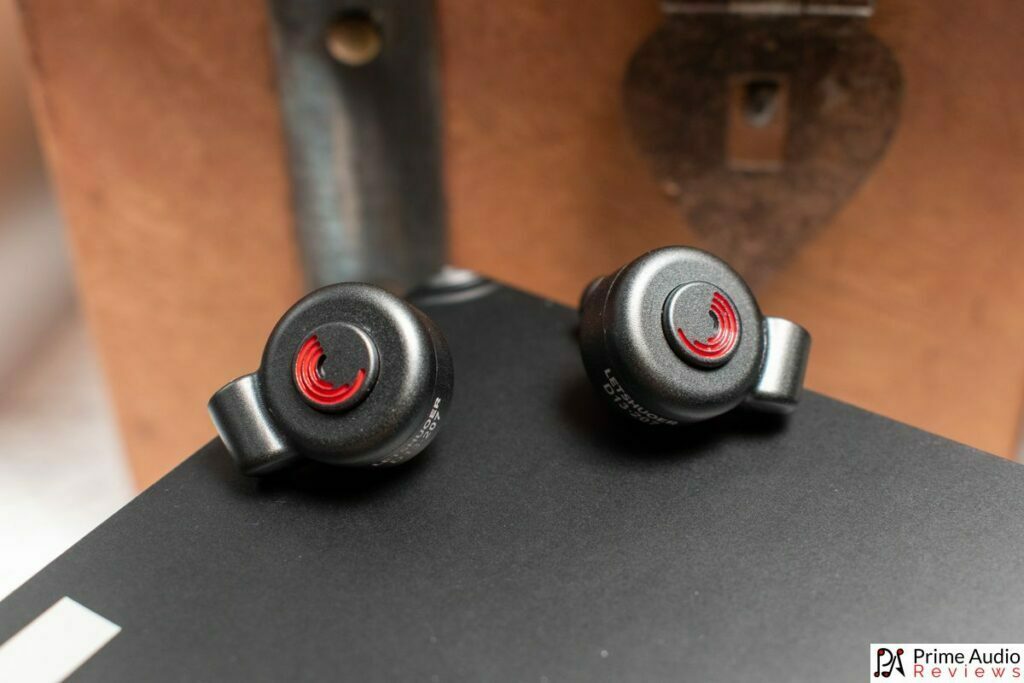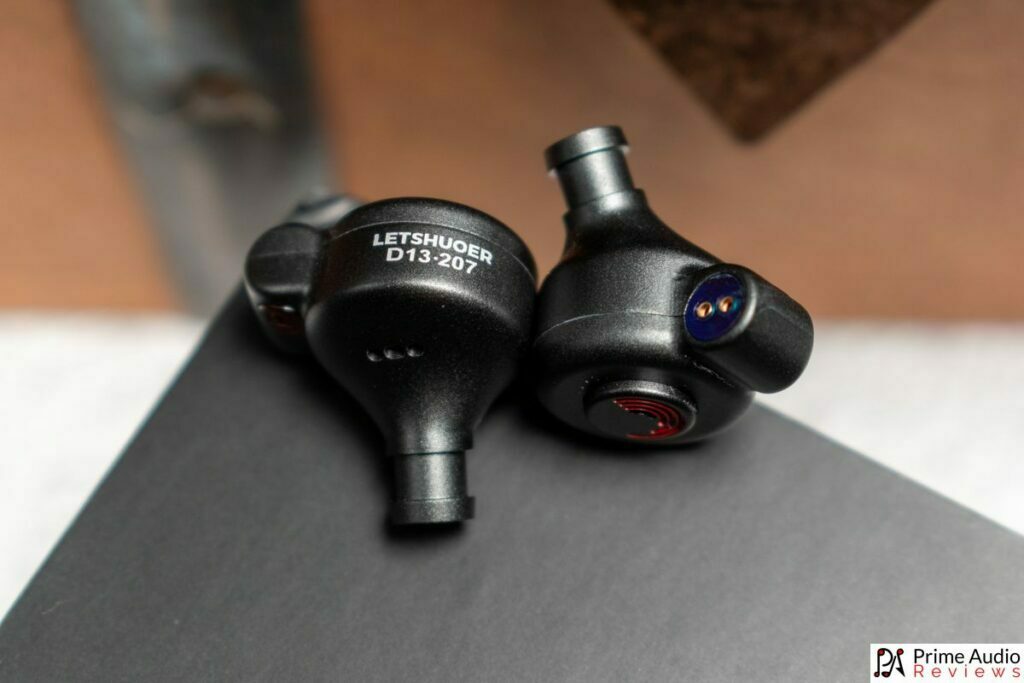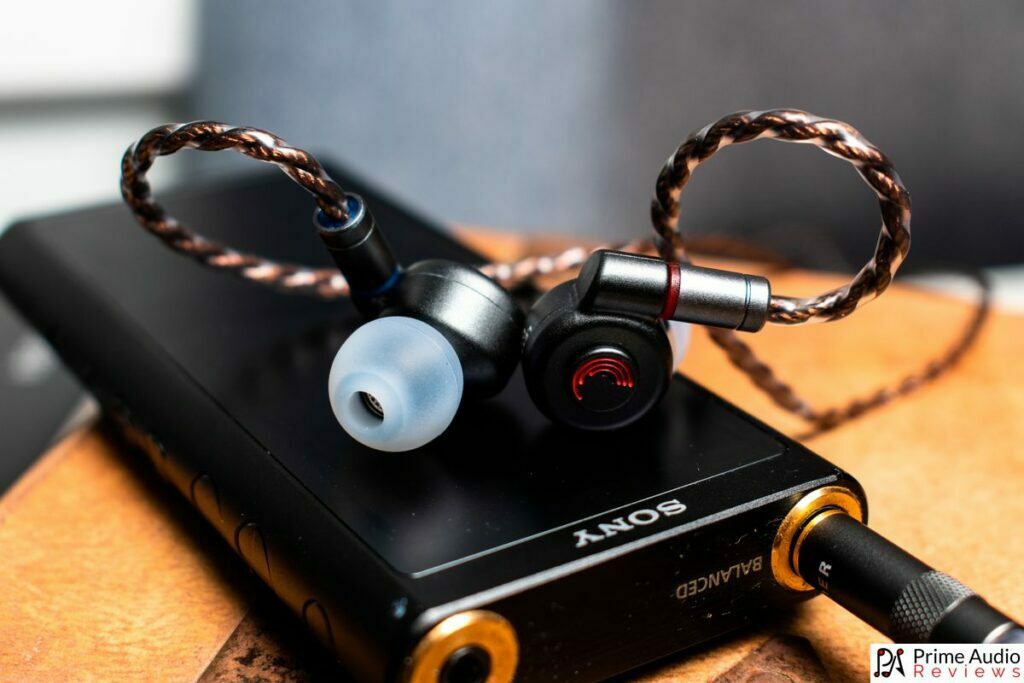In today’s review, I’m looking at the Letshuoer D13 earphones. The D13 features a 13mm diamond-like carbon (DLC) dynamic driver and compact aluminium alloy shells. It’s priced at $112.
Disclaimer: This sample was provided by Letshuoer for an honest review. All observations and opinions here are my own based on my experience with the product.
Letshuoer D13
Specifications
- Sensitivity: 105±1 dB
- Impedance: 16Ω
- Connector: 0.78 2pin
- Frequency response: 20-20kHz
- Jack: 3.5mm/4.4mm
- Diaphragm material: DLC 1 Diamond- Like Carbon
- Driver diameter: 13mm
- Price: $112


What’s in the Box
- Letshuoer D13 IEMs
- Detachable OFC 2-pin cable
- Carrying case
- 2x sets of tuning filters
- 3x pairs of white silicone eartips
- 3x pairs of black silicone eartips
- Documentation and warranty



Design
The D13 adopts compact aluminium alloy shells. They’re quite small but feel robust. The build quality is excellent and these could take a beating and come out unscathed every time.
There’s 1 small vent on the faceplates and 3 near the base of the nozzles. The nozzles are reasonably long, allowing for a secure fit. A metal mesh protects the internals from ear wax and debris. These nozzles are actually tuning filters too and there are 2 sets included in the box: 1 gold and 1 silver.
I like the way the 2-pin connectors and the cable are colour coded for easy identification. The cable is a 4-core monocrystalline copper type with a tidy braid, metal components and a plastic chin slider. It handles well and there’s hardly any microphonics which is rare for shells this small.

Sound
Sources used for testing include the xDuoo Link2 Bal, Shanling M5s and iFi Micro iDSD Signature.
The silver filters add a bit more bass and slightly attenuate the upper mids. The gold filters add a little more dynamics and energy but the differences are fairly subtle.
Letshuoer recently released the hugely successful S12 Planar IEM so it’s wasn’t unexpected to find that the D13 follows a similar frequency curve. While they look nearly identical on the graph, however, they sound quite different.
The D13 has a warm and natural sound signature. Its bass is elevated considerably and the 13mm DLC driver packs a punch. The upper treble is also lifted somewhat, adding detail and some spice up top. As a result, the mids are slightly recessed and are fairly neutral in tone.

Bass
The D13 has a classic DD bass. It’s punchy and hits with impact. Slightly rounded leading edges and a medium-paced decay give bass notes natural weight and body. D13 puts a bit of extra power in the sub-bass compared to the mid-bass. The large driver has good low-end extension too. As a result, D13 produces some excellent, powerful rumble.
The mid-bass can hit pretty hard too but not anywhere near basshead level. It’s controlled but fun and there’s only minimal bleed in the lower mids.
Midrange
The midrange sits just behind the bass and in line with the treble. Despite being slightly recessed, midrange notes have good body and presence. Vocals sound engaging with natural body and warmth.
The midrange clarity is good, aided largely by the 8kHz peak which adds articulation and definition. I don’t find the upper mids shouty at all, even with the gold filters in place. The lower mids could perhaps use some added separation from the bass but overall, this is a well-crafted midrange.
Treble
D13’s sound is largely defined by its treble tuning. The highs are smooth but detailed, even if they fall off a little too fast. As a result of its steady roll-off, the treble lacks a bit of airiness up top. There’s no noticeable sibilance or sharpness in the highs. It might not be sparkling or zesty but it’s a safe and non-fatiguing treble tuning.
While the 8kHz peak gives adds some sharpness to percussion attacks, most instruments have softer edges. It’s not the most precise or accurate treble but it’s pleasant to listen to and one that I enjoy.
Soundstage and Technicalities
D13 offers good depth in the soundstage but is a little narrow in terms of width. Despite that, however, the stage doesn’t sound cluttered or congested. In fact, it sounds organized and fairly spacious, even if it’s not the most expansive soundstage.
There’s pretty good spacing and openness in the sound thanks to good driver speed and control. Imaging is a little vague due to the narrow stage but its good instrument separation helps to maintain a clean sound.

Letshuoer D13 Verdict
The Letshuoer D13 is a solid follow-up to the S12. Although it doesn’t excel in any particular area, it’s a good all-rounder with no glaring drawbacks. It lands in a competitive space but anyone who picks these up should be pleased with what they hear. I think for anyone shopping around that $100 price point, these are an easy recommendation.


